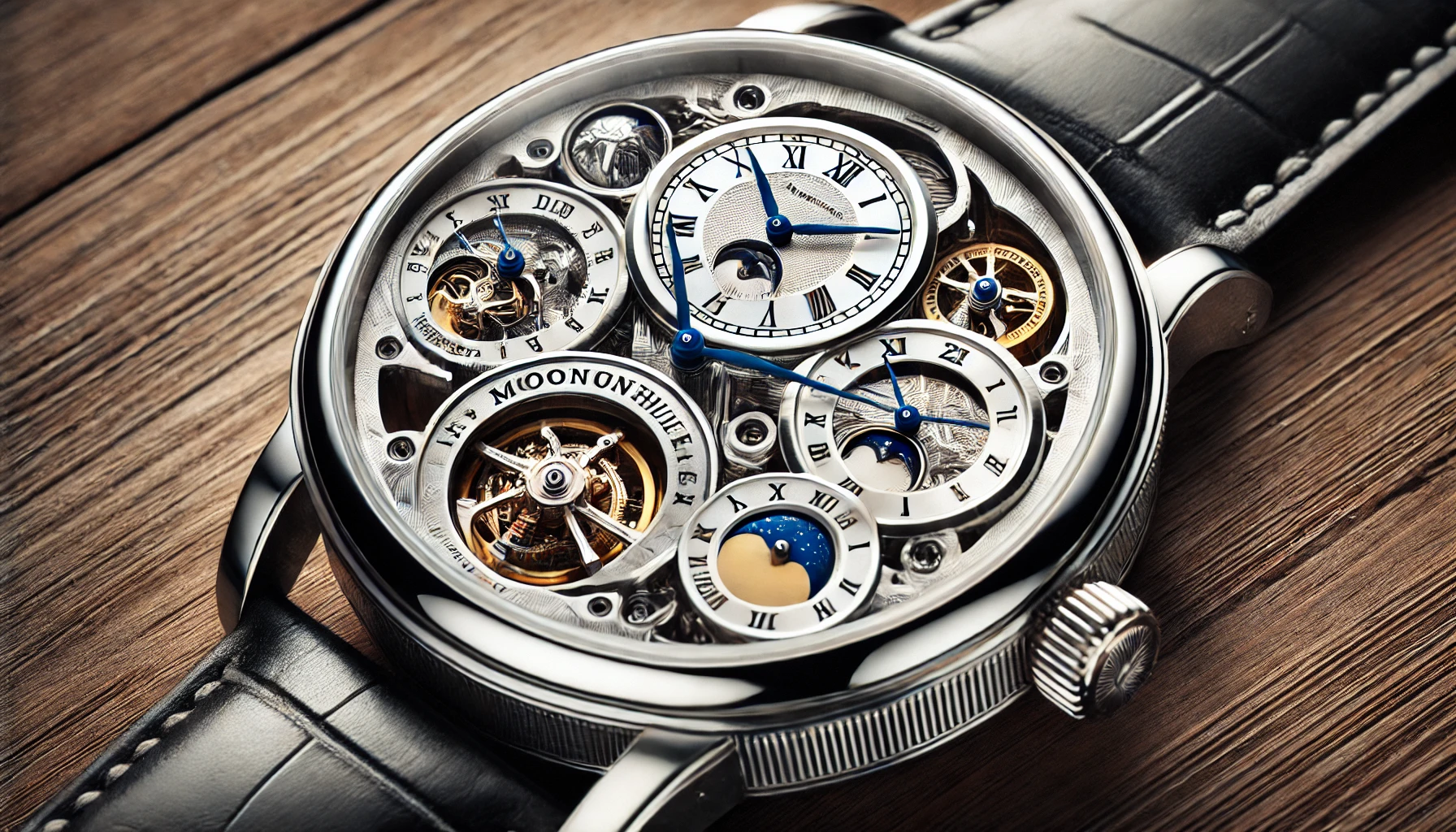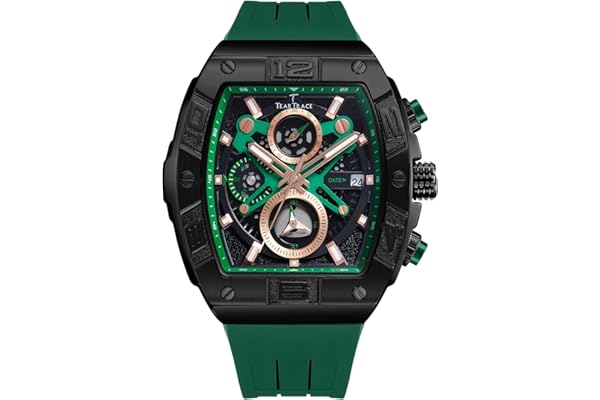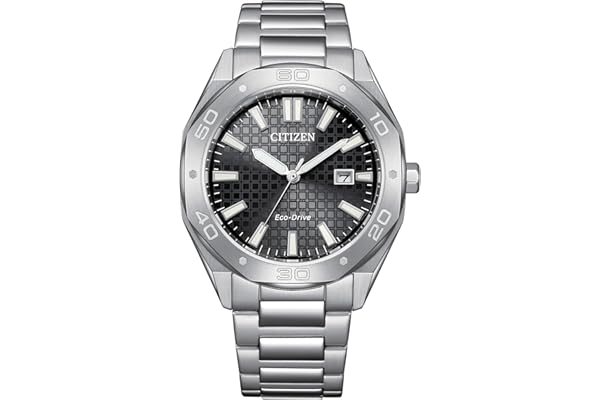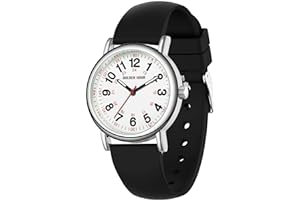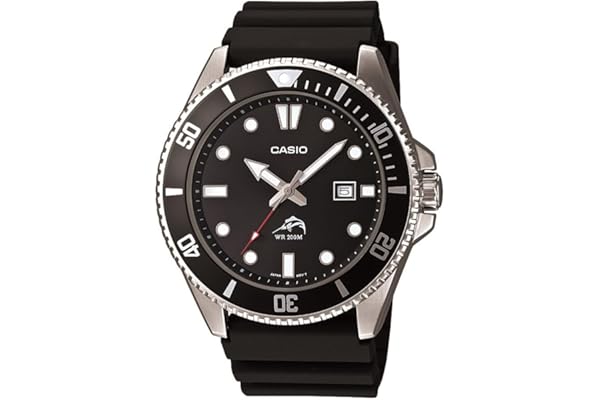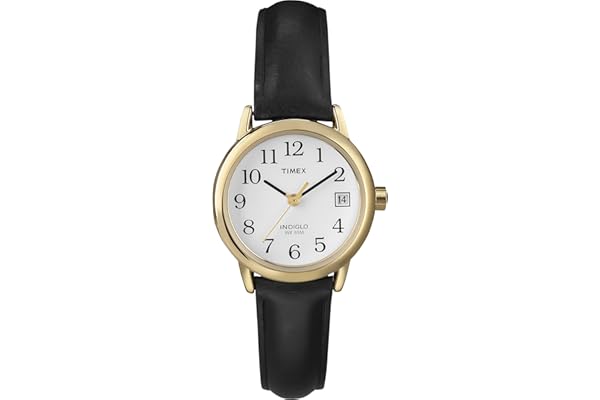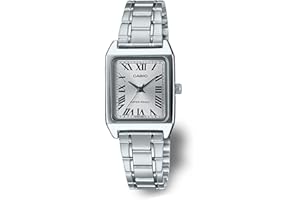Watches with Complications: What Does It Mean and What Are the Types?
Contents
Understanding Complications in Watches
When it comes to horology, the term “complication” refers to any feature in a mechanical watch beyond the simple display of hours, minutes, and seconds. These additional functions are what set complicated watches apart from their basic counterparts. Complications can range from simple features like a date display to intricate mechanisms like perpetual calendars and minute repeaters.
The art of crafting a watch with complications is a testament to the watchmaker’s skill and expertise. Each complication requires additional components and precise engineering, which can significantly increase the complexity and value of a watch. As a result, complicated watches are often viewed as masterpieces of craftsmanship, cherished by collectors and enthusiasts alike.
Despite the rise of digital technology, the allure of mechanical watches with complications remains strong. They embody a blend of tradition, innovation, and artistry that continues to captivate horology aficionados. Understanding the various types of complications can enhance one’s appreciation for these remarkable timepieces and inform purchasing decisions.
Common Types of Watch Complications
Among the most common complications found in watches is the date function, which displays the current day of the month. More advanced versions include day-date, which adds the day of the week, and annual calendars that adjust for months with fewer than 31 days. Perpetual calendars take it a step further by automatically accounting for leap years, making them one of the most revered complications in watchmaking.
Another popular complication is the chronograph, a stopwatch feature that allows the wearer to measure elapsed time. Chronographs are prized for their functionality and the dynamic aesthetic they add to a watch’s design. Some chronographs also include a tachymeter scale, which can be used to calculate speed based on time traveled over a fixed distance.
Moon phase displays are beloved for their aesthetic appeal, showing the current phase of the moon through a small aperture on the dial. This complication requires precise calibration to accurately reflect the lunar cycle, adding a poetic touch to a watch. Other intriguing complications include tourbillons, which counteract the effects of gravity on a watch’s accuracy, and minute repeaters, which chime the time on demand.
The Craftsmanship Behind Complicated Watches
Creating a watch with complications is a labor-intensive process that demands a high level of expertise and precision. Each complication involves additional moving parts, which must be meticulously designed, manufactured, and assembled. The integration of these components requires a delicate balance to ensure the watch functions seamlessly and maintains its accuracy.
Many luxury watch brands are renowned for their ability to produce highly complicated watches. Brands like Patek Philippe, Audemars Piguet, and Vacheron Constantin have established themselves as leaders in the field, consistently pushing the boundaries of what is possible in watchmaking. Their creations often feature multiple complications, showcasing the pinnacle of horological innovation.
The development of complications is also an area where watchmakers can express their creativity. From unique calendar displays to intricate chiming mechanisms, complications offer endless possibilities for innovation and artistry. This has led to the creation of one-of-a-kind timepieces that captivate collectors and enthusiasts around the world.
Evaluating the Value of Complicated Watches
The presence of complications can significantly impact a watch’s value, both in terms of price and desirability. Watches with rare or complex complications often command higher prices due to the skill and time required to produce them. Additionally, complications can add an element of exclusivity, as certain features are only available in limited editions or bespoke creations.
For collectors, the value of a complicated watch extends beyond its monetary worth. These timepieces are often seen as investments, with their value appreciating over time. Historical significance, brand reputation, and the rarity of the complication all contribute to a watch’s desirability in the secondary market.
However, it’s important to consider personal preference and practicality when evaluating the value of a complicated watch. While some collectors are drawn to the technical prowess of a grand complication, others may prefer the elegance of a simpler, more understated timepiece. Ultimately, the true value of a watch lies in the joy and satisfaction it brings to its owner.
The Future of Watch Complications
As technology continues to evolve, the world of watch complications is poised for exciting developments. Advances in materials and manufacturing techniques are enabling watchmakers to create even more intricate and precise complications. Additionally, the integration of smart technology offers new possibilities for blending traditional craftsmanship with modern innovation.
Some contemporary watchmakers are exploring hybrid designs that combine mechanical movements with digital features. This approach allows for the inclusion of complications that were previously impossible, such as GPS or fitness tracking, while maintaining the charm of a traditional mechanical watch.
As the demand for unique and personalized timepieces grows, complications will remain a focal point for innovation and creativity in the watch industry. Whether through traditional craftsmanship or cutting-edge technology, the allure of complicated watches is sure to endure, captivating the hearts and minds of horology enthusiasts for generations to come.
